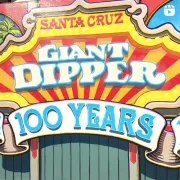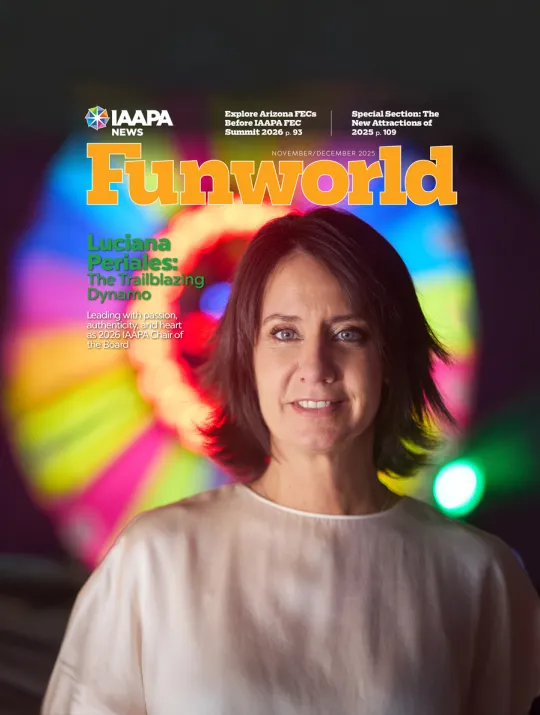Tour button
Una de Boer
Una joined WhiteWater in 2015 with an already established career in international B2B marketing, leveraging her experience from developing leading brands within professional and business services, SaaS and financial sectors. As a literature graduate and MBA Una’s approach to marketing merges storytelling, psychology, and data analysis to simplify the ‘why?’ for customers.
As Chief Marketing Officer Una has not only taken the helm of WhiteWater and FlowRider’s Marketing but has also led the design and execution of the Vantage and Endless Surf brands, establishing both in their spaces with innovative and aspirational marketing. Overseeing WhiteWater’s brand portfolio gives Una a broad understanding of the market, from water, theme, and surf parks to the software and services that support them. Sitting on WhiteWater’s executive, Una has also spearheaded the company’s sustainability strategy, leading its new Sustainability department and company-wide initiatives. She is an advocate for sustainability, and for the promotion of women in the traditionally male amusements sector. She regularly writes and speaks on both topics, which contributed to her being named by Blooloop as one of the top 50 influencers within the global attractions industry in 2024.
Outside of the office, Una is a wife, mother of two daughters, and dog mom to Tom, her sled dog rescue, who can be seen sleeping in her office on Teams calls or joining her on her lunchtime runs. She also serves on the board of CLEAR, a charity dedicated to finding a cure for Alzheimer’s.
Una de Boer's Employer
WhiteWater
Become a member
Join IAAPA today and unlock exclusive access to industry insights, networking, events, and resources tailored to your professional needs.
Join nowMember benefitsSurvey
Send your feedback
Connect with the Real Stories Behind the Fun
Follow our social media for authentic stories, special moments, and behind-the-scenes looks from the attractions world.












 The Official Magazine of IAAPA
The Official Magazine of IAAPA